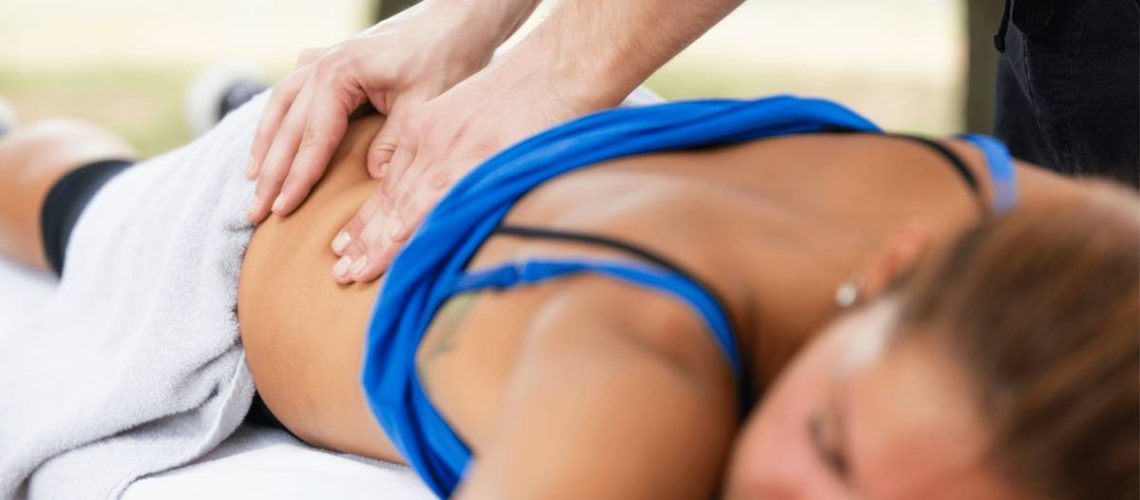Have you ever wondered why you see your favourite athletes receiving a massage before and after their events? These athletes benefit from a type of sports massage known as pre- and post-event treatment. While commonly associated with elite sports, these techniques can also benefit amateur athletes and active individuals.
This blog post will delve into the application and benefits of pre-and post-event massage, helping you understand how these treatments can optimise your performance and recovery.
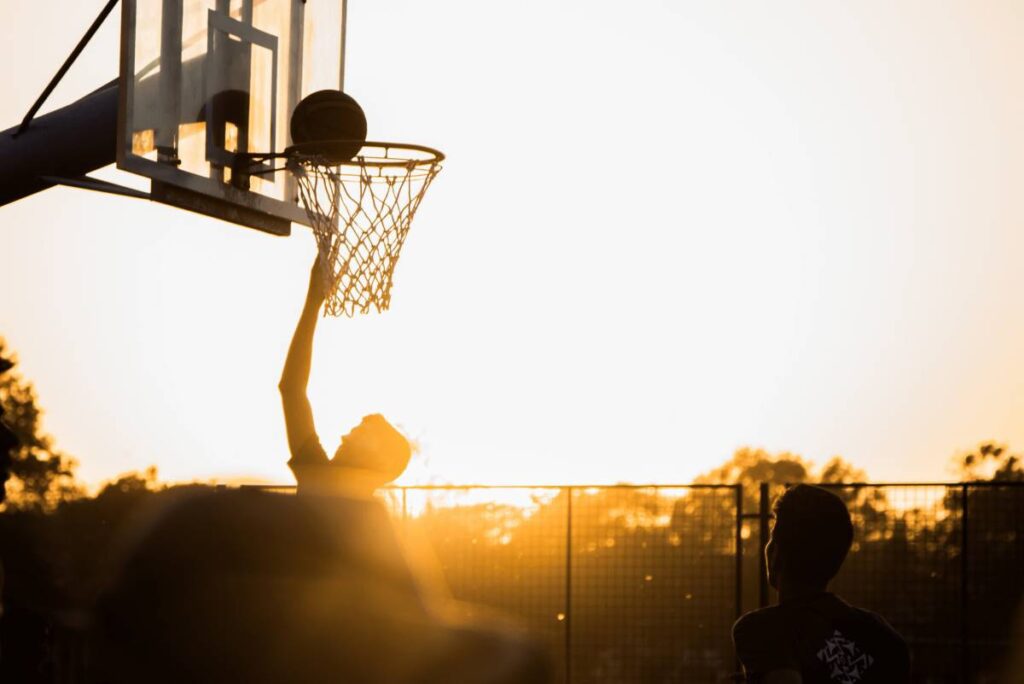
Pre-Event Massage
Pre-event massage takes place before participating in an activity or event. Its primary objective is to promote blood flow to the muscle groups that will be engaged during the activity. The techniques used, such as effleurage, petrissage, frictions, and tapotement, are designed to stimulate and prepare the muscles for performance. Pre-event massage can be done immediately before the event or in the days leading up to it.
The benefits of pre-event massage include:
- Increased blood flow and nutrient supply to muscles: By encouraging blood circulation, pre-event massage delivers vital nutrients and oxygen to the muscles, optimizing their function and performance.
- Increased muscle length and flexibility: Massage techniques help relax and stretch the muscles, improving their flexibility and range of motion. This can enhance your overall performance and reduce the risk of injuries.
- Reduced risk of injury: Pre-event massage helps prevent injuries due to muscle tightness or imbalance by promoting relaxation and flexibility. It prepares your body to withstand the demands of the activity or event.
- Increased relaxation: Pre-event massage also has a psychological benefit by promoting relaxation and reducing stress and anxiety. This mental state can contribute to improved focus and concentration during the event.
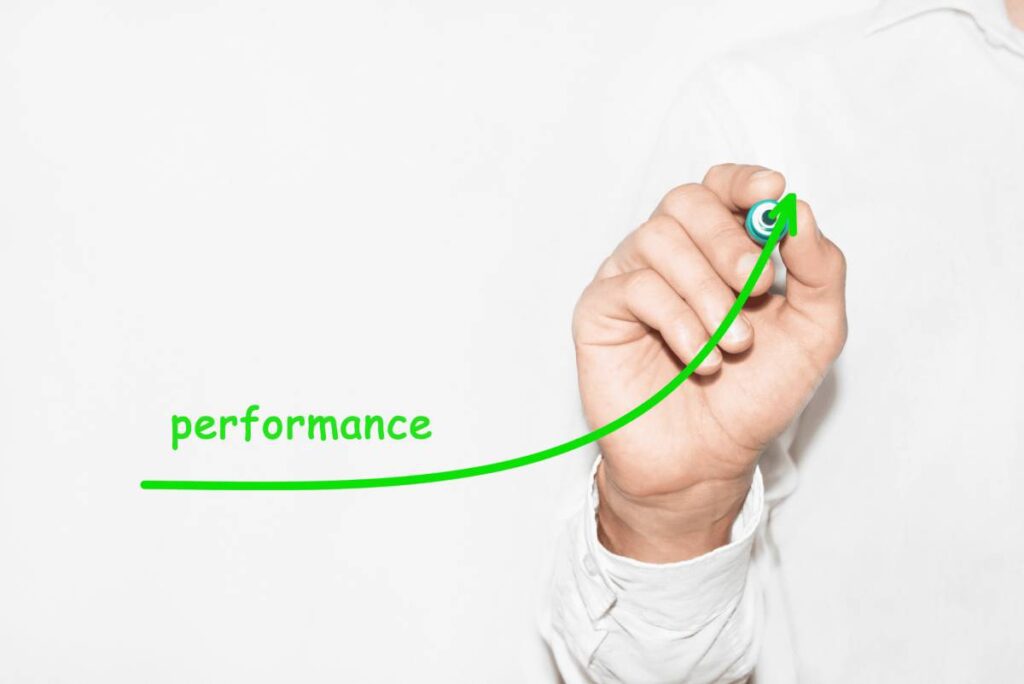
Post-Event Massage
As the name suggests, post-event massage occurs after completing an activity or event. The main purpose is to aid in the recovery process and facilitate the removal of metabolic waste accumulated during exercise. Post-event massage typically occurs within 30 minutes to a few days after the event. The techniques used in post-event massage include longer strokes, passive stretching, and deeper pressure.
The benefits of post-event massage include:
- Prevention and treatment of DOMS (Delayed Onset Muscle Soreness): Post-event massage helps reduce muscle soreness and stiffness that can occur after intense exercise. It promotes the removal of metabolic waste products, facilitating the recovery process.
- Pain reduction: Massage techniques applied during post-event treatment can help alleviate pain and discomfort from muscle fatigue or overexertion.
- Metabolic waste removal: By stimulating the lymphatic system, post-event massage aids in removing metabolic waste products, such as lactic acid, from the muscles. This accelerates the recovery process and reduces muscle fatigue.
- Restore range of motion: Post-event massage helps restore the muscles’ range of motion, which may be restricted due to intense physical activity. This can enhance recovery and prepare your body for future events or activities.
- Increased lymphatic drainage: Massage techniques applied in post-event treatment promote lymphatic drainage, which supports the removal of toxins and waste products from the body. This enhances the body’s natural healing process.
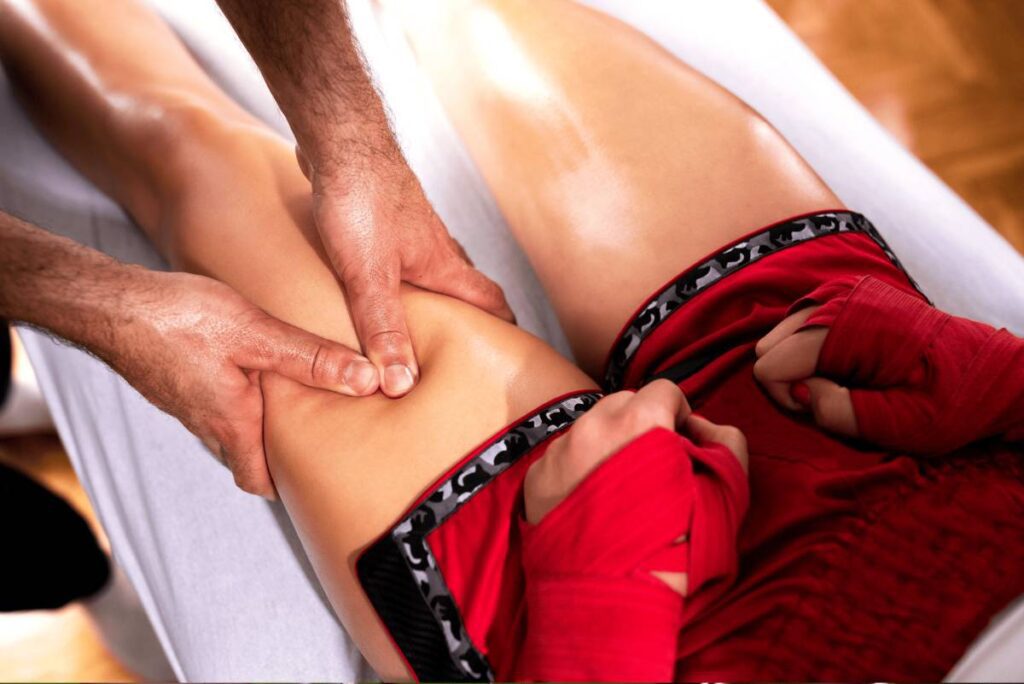
Whether you are an elite athlete, an amateur sports enthusiast, or simply an active individual, massage can significantly optimise your performance and recovery. From increasing blood flow and flexibility to reducing the risk of injury and aiding in recovery, these massage techniques offer a range of benefits. Consider introducing massage into your training regimen to unlock your full potential and maintain peak performance.
Consult a qualified healthcare professional or massage therapist who specialises in sports therapy. They can provide personalized guidance and ensure these treatments are tailored to your needs. Invest in your body and stay tuned for peak performance!
Jenna McCallum
Remedial Massage Therapist
(B.EX.Sc.)
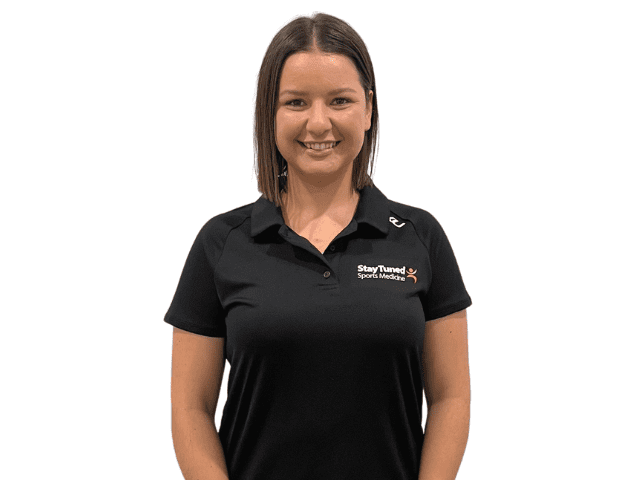
References:
- Pre event – When massage can help – Manchester Physio – Leading Physiotherapy Provider in Manchester City Centre and Sale
- Sports Med 2005; 35 (3): 235-256 (hacettepe.edu.tr)
- Post Event – When Can Massage Help – Massage – Treatments – Physio.co.uk
- Gasibat, Qais & Suwehli, Wurida. (2017). Determining the Benefits of Massage Mechanisms: A Review of Literature. Journal of Rehabilitation Sciences. 2. 58-67. 10.11648/j.rs.20170203.12.
- Weerapong, P., Hume, P. A., & Kolt, G. S. (2005). The mechanisms of massage and effects on performance, muscle recovery and injury prevention. Sports medicine (Auckland, N.Z.), 35(3), 235–256. https://doi.org/10.2165/00007256-200535030-00004

